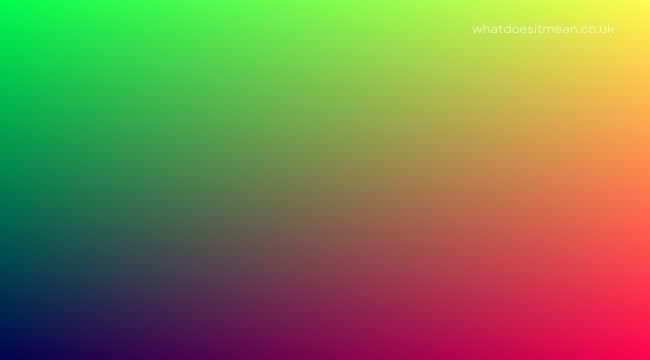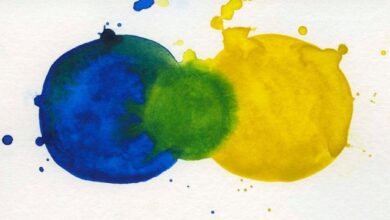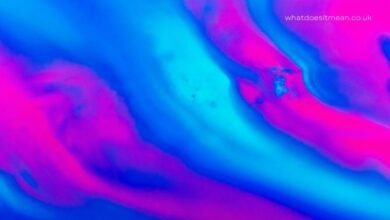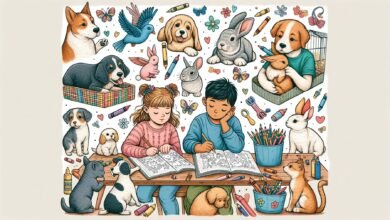
What Does Red and Green Make?
What does red and green make? Red and green are opposed; red is a primary color, while green is a secondary color. However, they combine beautifully to create a whole other hue. There are several stories of what color red and green produce as a final product; as a result, you must assess the scene to determine what color to expect. Yellow and Blue are the other primary colors, while Orange, Green, and Violet are secondary colors. Red-orange, yellow-orange, yellow-green, blue-green, blue-violet, and red-violet are tertiary hues. When primary colors are combined with secondary colors, tertiary colors are created. So, what does green and red make?
So, what color do you get when you mix red and green?
A yellow hue is created by combining red and green colors. The strength of any of the two shades may result in a Yellow-gray final color in some situations.
What Are The Different Color Mixing Methods?
Color mixing may be divided into additive and subtractive color mixing.
Color Mixing Using Additives
The additive color mixing method is not the same as the standard color mixing method that we use on a daily basis. Yet, without recognizing it, today’s current approach has become a conventional method of color mixing that we witness every day.
When blending colors in additive mixing, you can employ a variety of spectral light combinations. The additive color mixing approach is widely utilized in the media; for example, how colors are presented on computer and television displays is relatively conventional.
There are two ways to mix colors in additive mixing: one is to utilize two colors, and the other is to employ two or more spectrum color lights.
Electron guns in televisions, for example, will fire two separate colors fast in an addictive mix of two hues, and your eyes will perceive these colors blended into an entirely new emergent color. Two or more lights are merged in the other sort of additive color mixing by positioning them close to one another, forcing your naked eyes to mix them into distinct hues.
Color Subtractive Mixing
The subtractive approach of color mixing is a more intuitive procedure than the conventional method of color mixing. When pigments inside a given item absorb white light and then reflect additional pigments within the color, this is the subtractive technique of combining colors.
The red hue, for example, reflects all white light wavelengths except the red pigment. This straightforward explanation explains why some colors are reflected outwards while others are not.
Subtractive color mixing is accomplished using this straightforward approach. This technology is commonly used in the printing industry.
The Various Color Wheels
Differentiating between additive and subtractive color mixing choices is done via color wheels.
The Color Wheel (RGB)
The significant light hues utilized on the wheel are red, blue, and green on the RGB wheel. For example, Cyan, Yellow, and Magenta are created when two primary colors are mixed.
When looking at the RGB color wheel and the arrangement of primary colors, the combination of red and green hues produces Yellow as a secondary color. The secondary color Cyan is created by combining the basic colors Green and Blue. Magenta is created when the primary colors Red and Blue are mixed.
The RGB color wheel is almost immediately opposite the CMYK color wheel choice for color generation utilizing light spectrum. The RGB color wheel employs the additive technique of color mixing to generate new hues, whereas the CMYK color wheel uses the subtractive approach.
Color Wheels (CMYK)
Unlike the RGB color wheels, which are used to combine colors over the light spectrum, the CMYK color wheels’ primary colors are Cyan, Magenta, and Yellow, which are secondary colors in the RGB color wheels. Because the basic colors in the CMYK color wheel are the secondary colors in the RGB color wheel, blending secondary colors can produce new colors.
What Do Complementary Colors Mean?
Complementary colors are two hues opposite each other on their color wheels. When these two contrary hues are combined, they frequently turn gray.
Red and green colors, for example, were revealed as complementary hues in the CMYK color wheel. When red and green are combined in the genuine sense, they generate shades of gray and brown, depending on the hues you’re working on at the time.
Red with a blue-green color combination, for example, may include pigments that seem gray to your eyes. A saccharine green combined with red, on the other hand, may result in a more brown tone. This is because the number of Yellow pigments in the green hue contributed to warmer tones in the color mixing combination, resulting in this brown color.
With this in mind, the mixing procedure you use will determine the ultimate effect of your color blends.
Color Schemes and Harmony: What You Should Know
Increasing or reducing the intensity of a component color or the final results creates color harmony. For example, to make a color darker, it is necessary to create a shade of the original hue. A little dark can be added to reduce the color’s intensity in most circumstances.
A complimentary color, which is the opposite color on the color wheel, can also be used to darken a color. This will result in a more vibrant hue than simply adding black. Blue/orange, green/red, black/white, and yellow/purple are the most prominent complementary shades you may employ to create harmony.
Conclusion
If you were wondering what does red and green make our article answer your question. There are colder and warmer hues in color mixtures. Warm colors are known to provide higher intensity and thicker or more vivid final hues. Reds, yellows, and oranges are among the warmer shades. Cooler colors are known to diminish the ultimate color intensity obtained from a color scheme. Cooler hues like blue, green, and violet can be utilized to tone down the power of final colors in a color scheme. Black, white, and grays are neutral colors that act like colder colors. Monochrome, neighboring colors, triad, single split complement, and double-split complement may all be used to create different color relationships.



